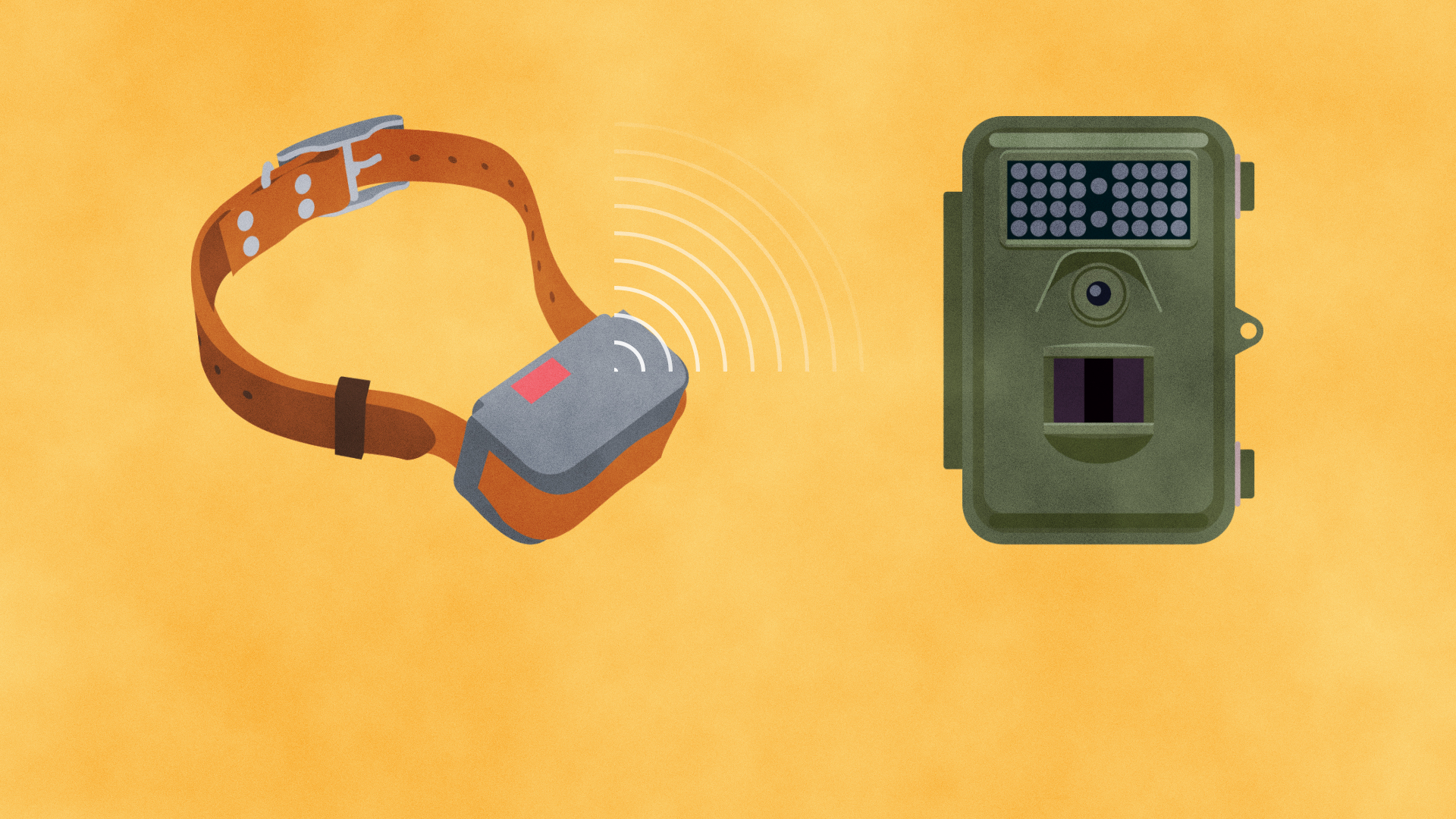About Hum-Ani
Welcome in HUM-ANI.
HUM-ANI proposes to address increased infectious diseases’ threats and multi-hosts transmission in a context of climate change and biodiversity erosion in Austral African socio-ecosystems. HUM-ANI’s massive fieldwork effort will provide groundbreaking scientific data to parameterize epidemiological models and understand pathogen circulation in multi-hosts system.
About the project
A better understanding
Nowhere is climate change having a greater impact than on the continent of Africa. In southern Africa, the dry season is lasting longer and longer and the rainy season is often torrential.
This climate destabilisation is greatly affecting agriculture, the behaviour of wild and domestic animals as well as humans.
Where do they turn when water and pastureland are in short supply?
Have nature preserves become safe havens for animals and people?
Will humans, livestock and animals be forced to interact more frequently?
If there is more contact between species, what impact will that have on infectious diseases?
Ecology researchers will place over 70 GPS collars and 30 camera traps to observe different wild and domestic animal species. Their objective is to track animal migration and species diversity in different climatic conditions.
Humans and animals as one
Epidemiology researchers will regularly monitor wildlife using faecal and saliva testing to identify active infectious diseases. Samples will be collected from both livestock and people. Their goal is to see if diseases are transmitted from wild animals to domestic animals and to people.
Finally, sociology researchers will use questionnaires and workshops to help better understand how humans use resources in protected areas: pasturelands, water sources and bushmeat in times of climatic and economic crises. Their objective is also to promote communication between scientists, leaders and locals.


To accomplish this, the HUM-ANI project will use a specially equipped mobile laboratory to carry out fieldwork and to raise awareness. In addition to scientific equipment, the mobile lab will have communication tools available to aid communication in remote areas and to schedule scientific and cultural events.
They aim to better understand how humans and animals can coexist and adapt to their new living conditions
in order to develop sustainable socio-ecosystems in which humans and nature can interact.